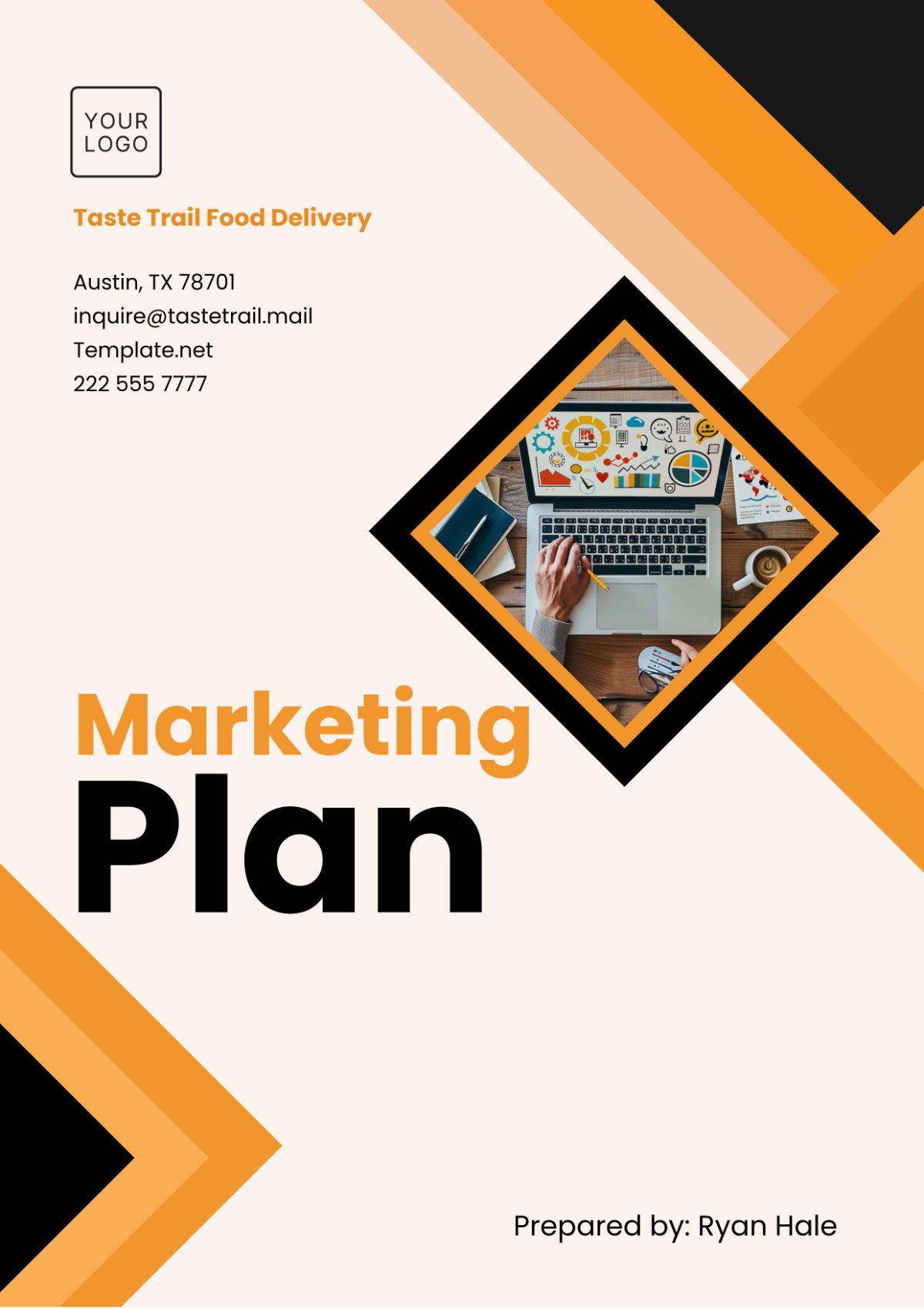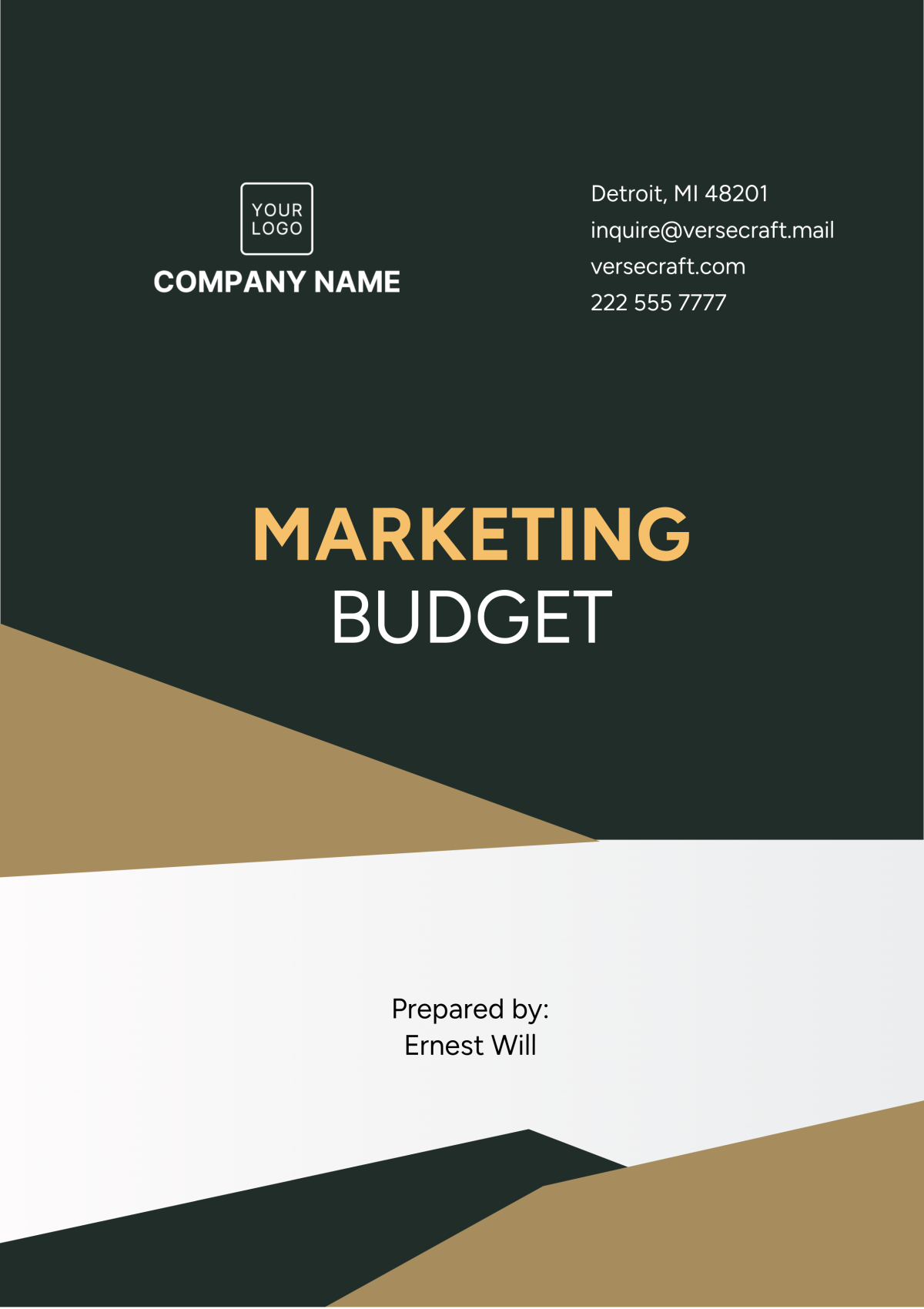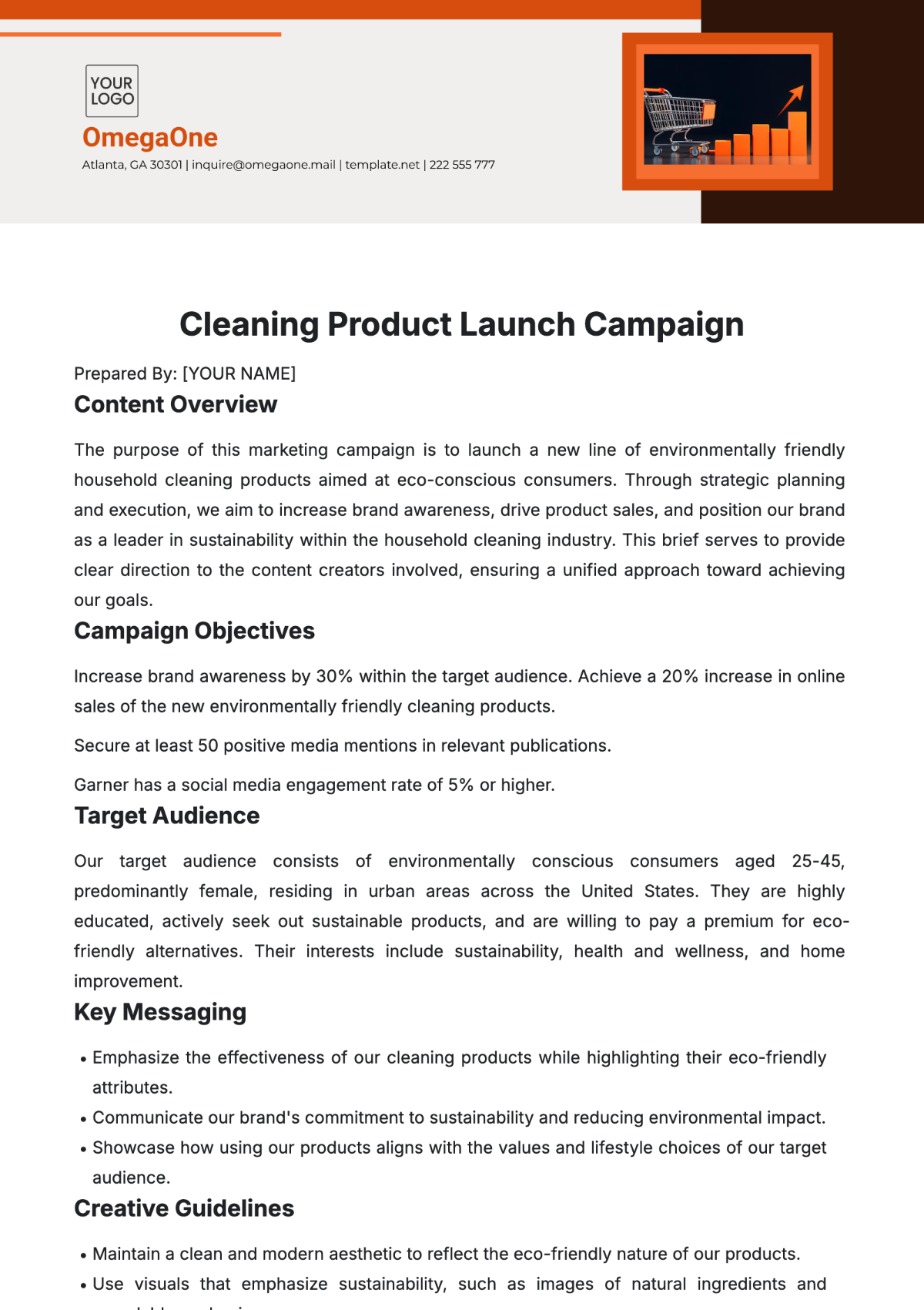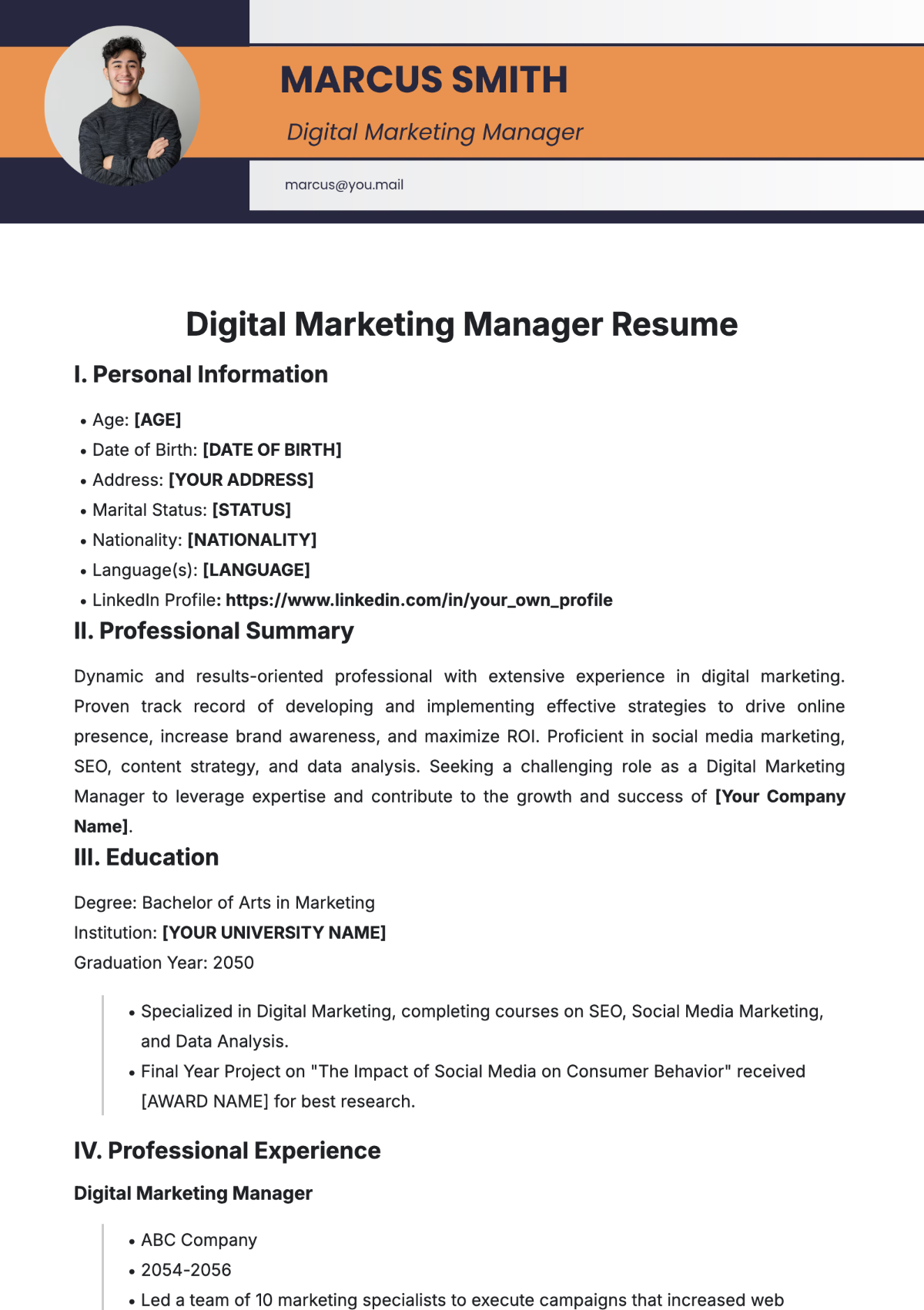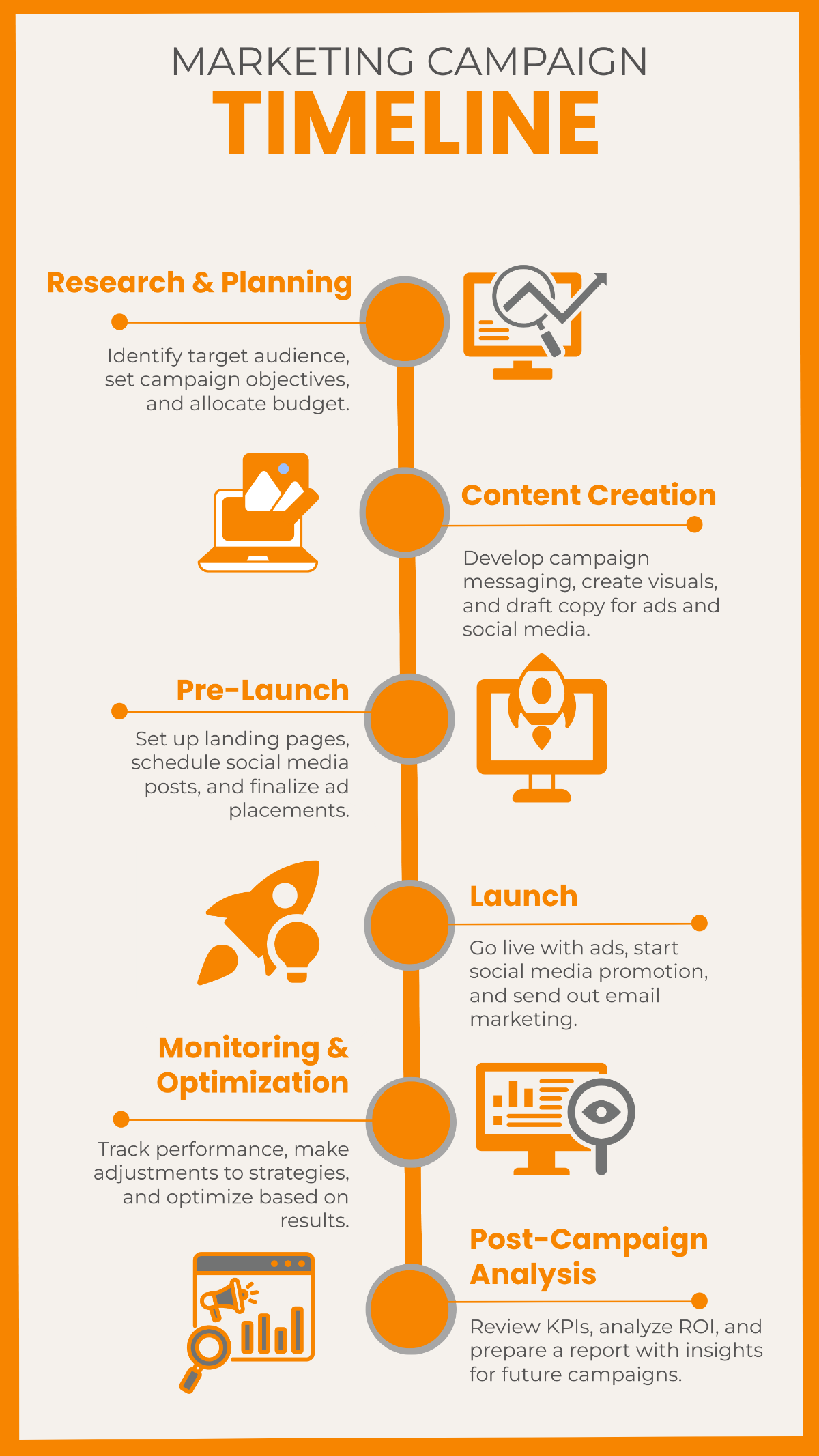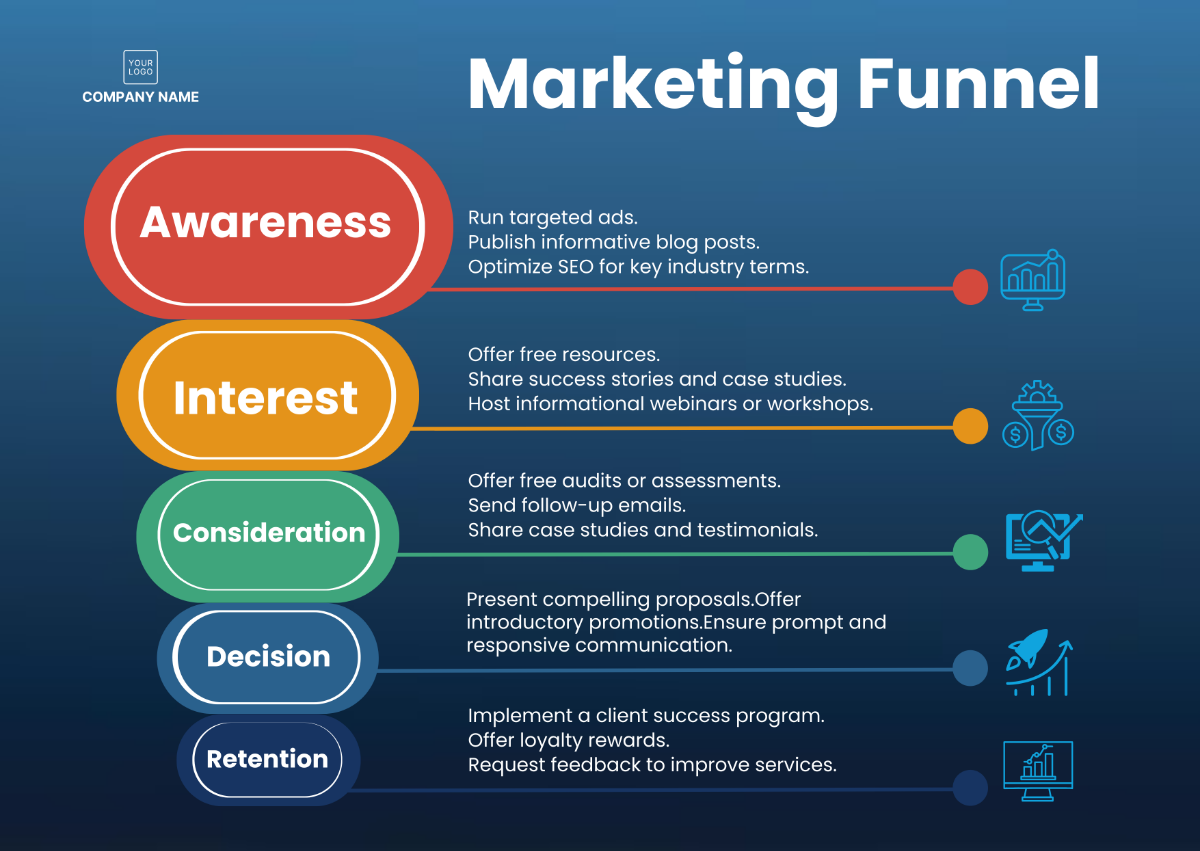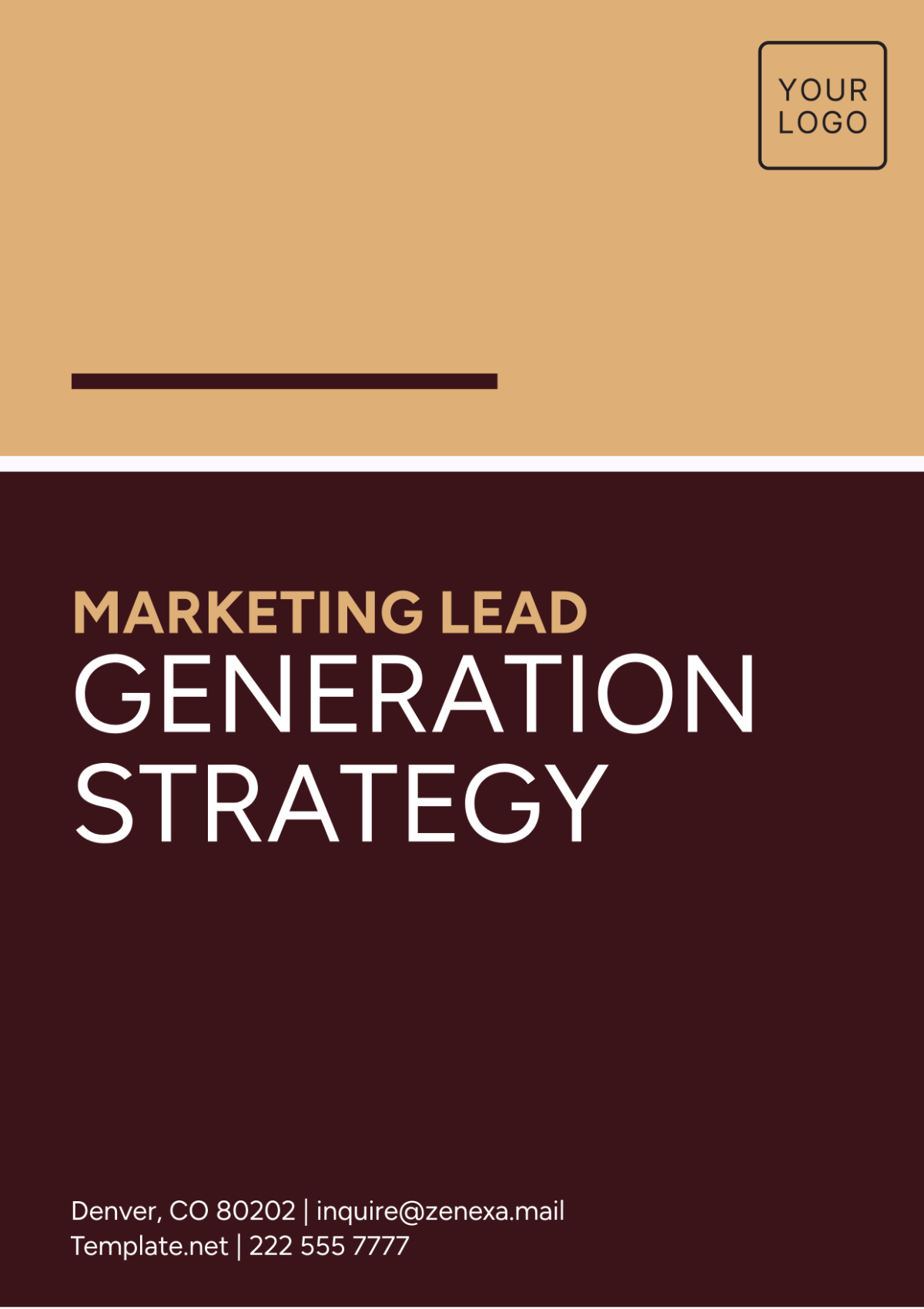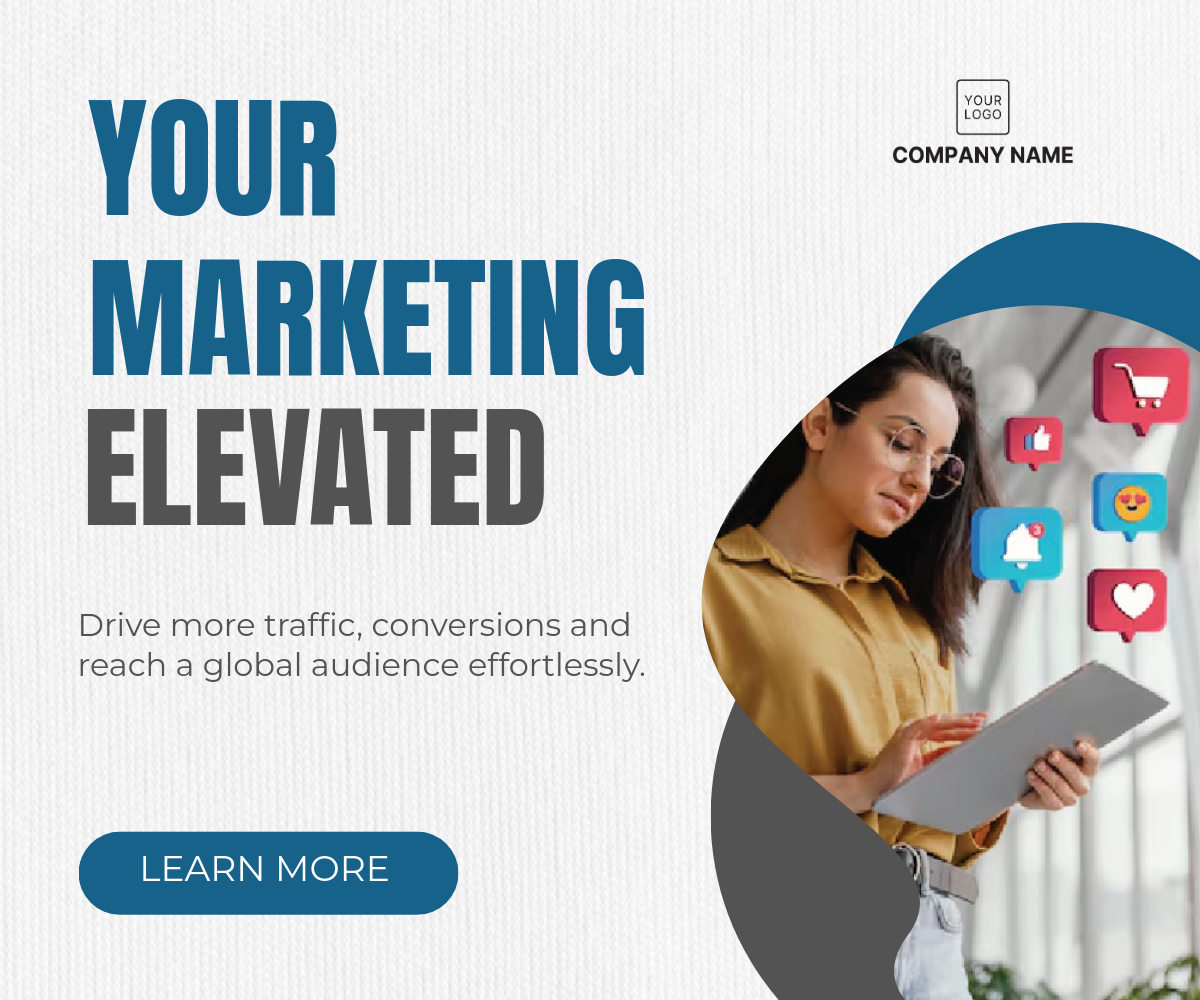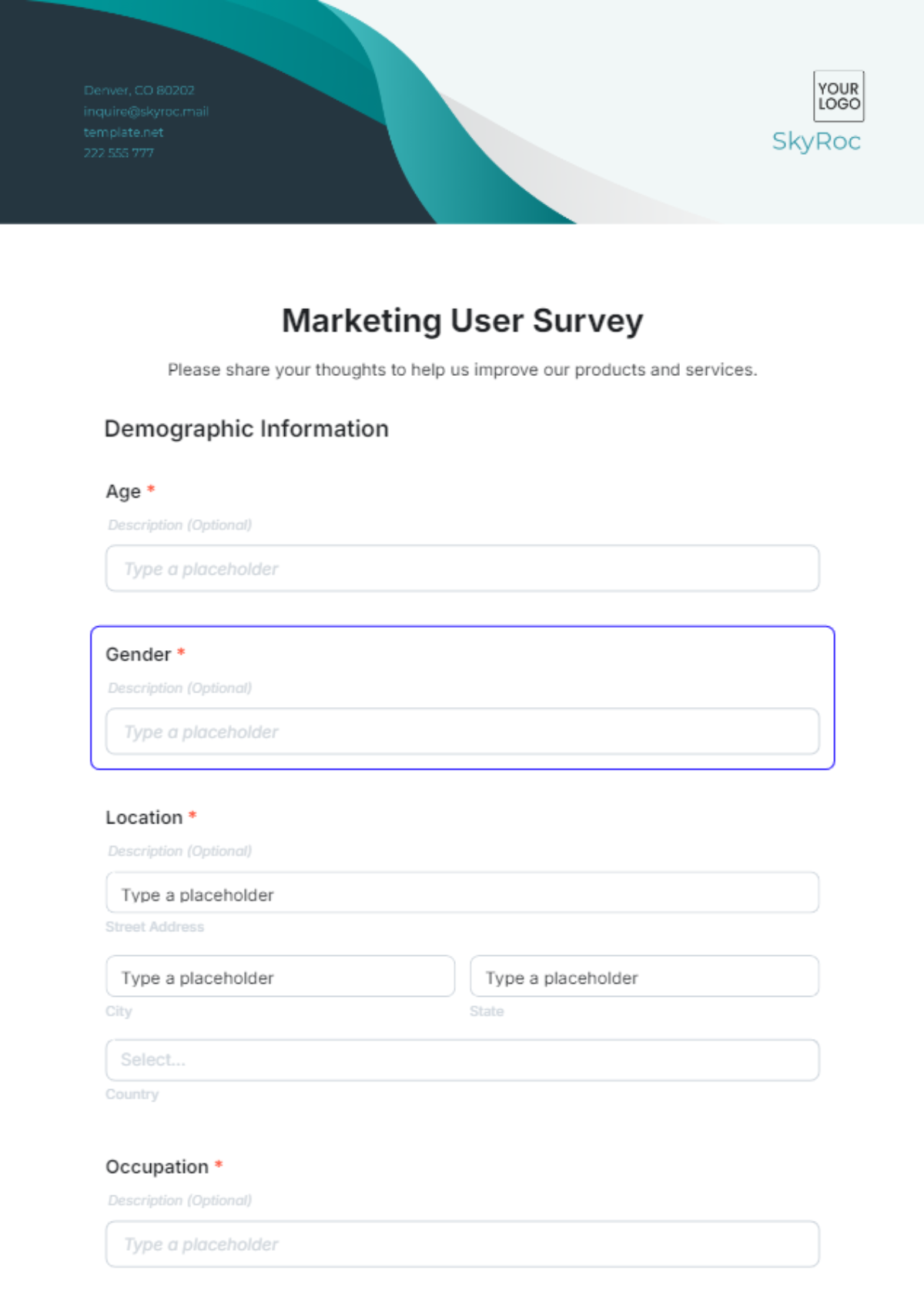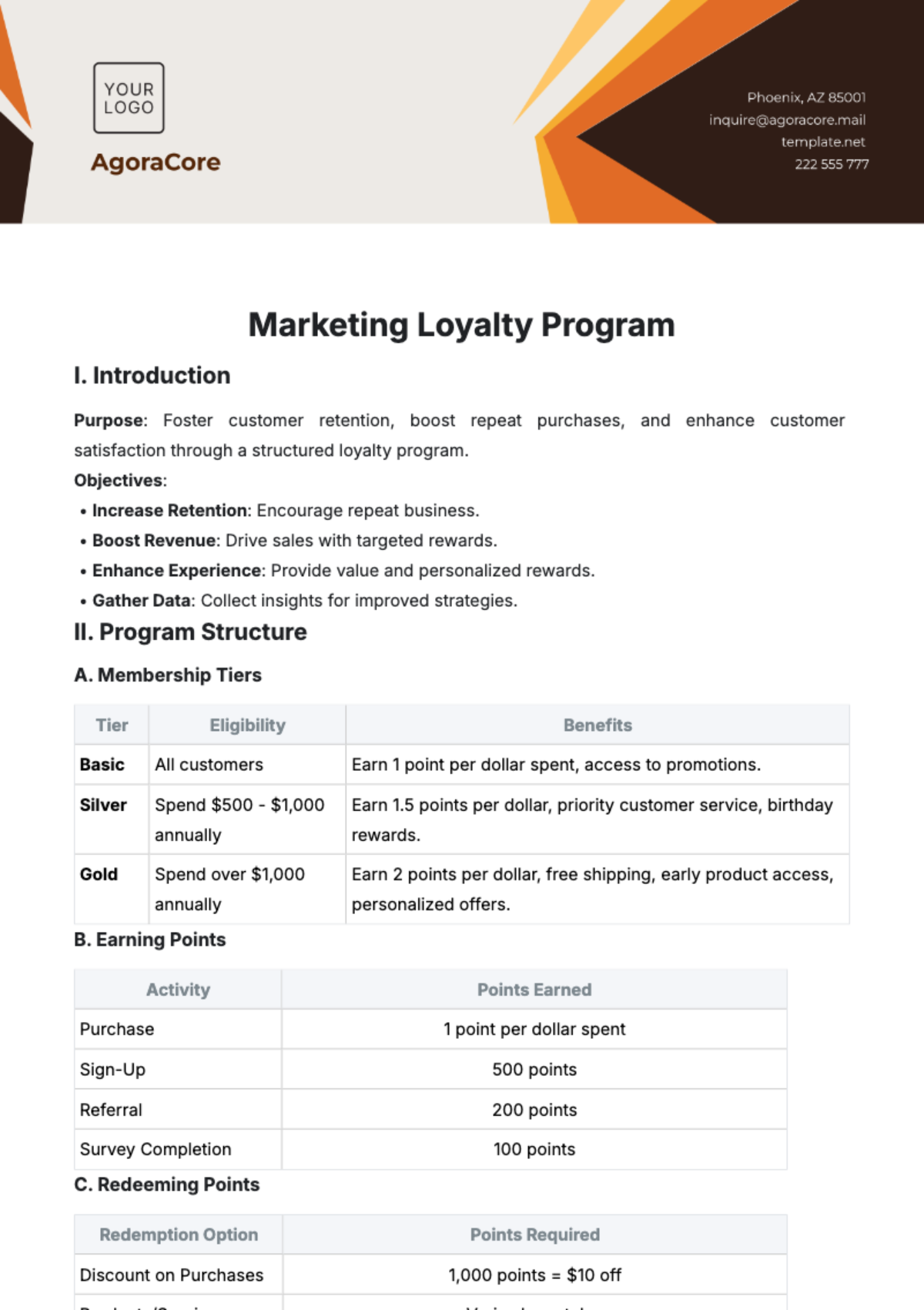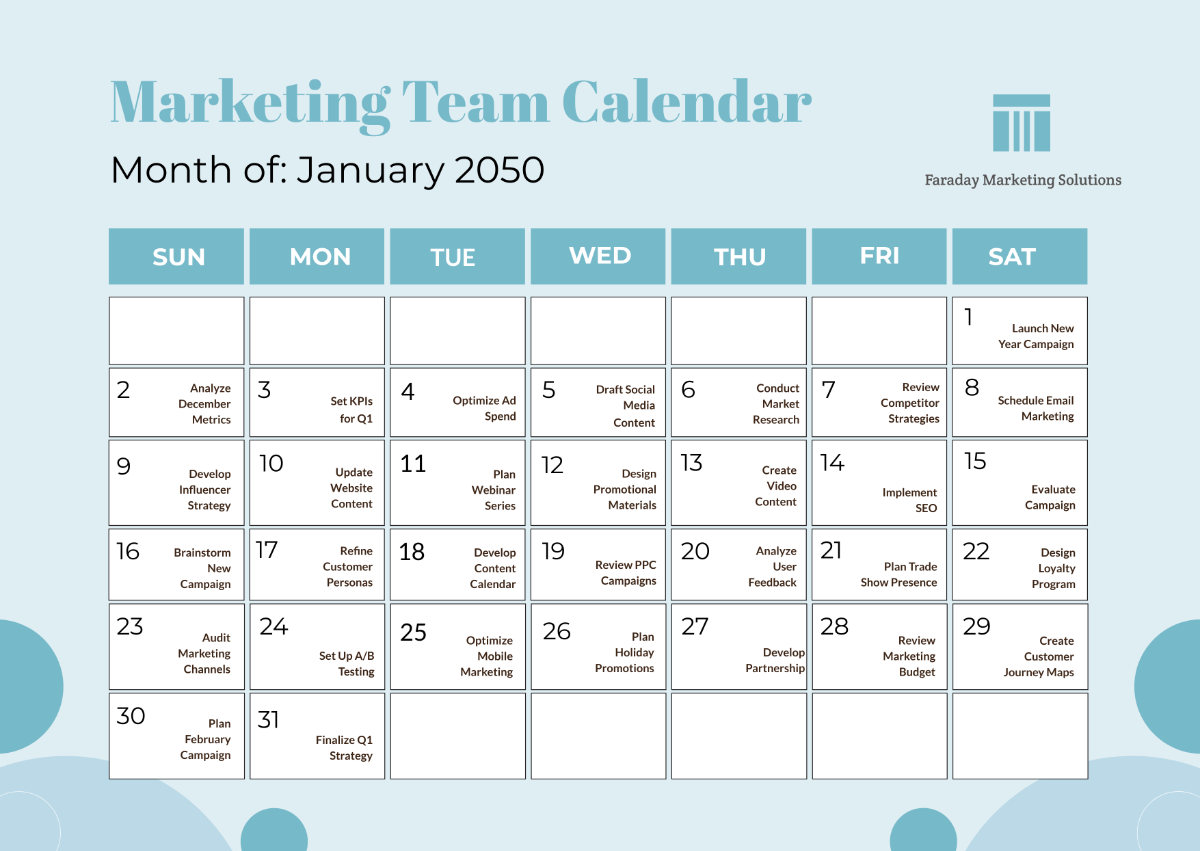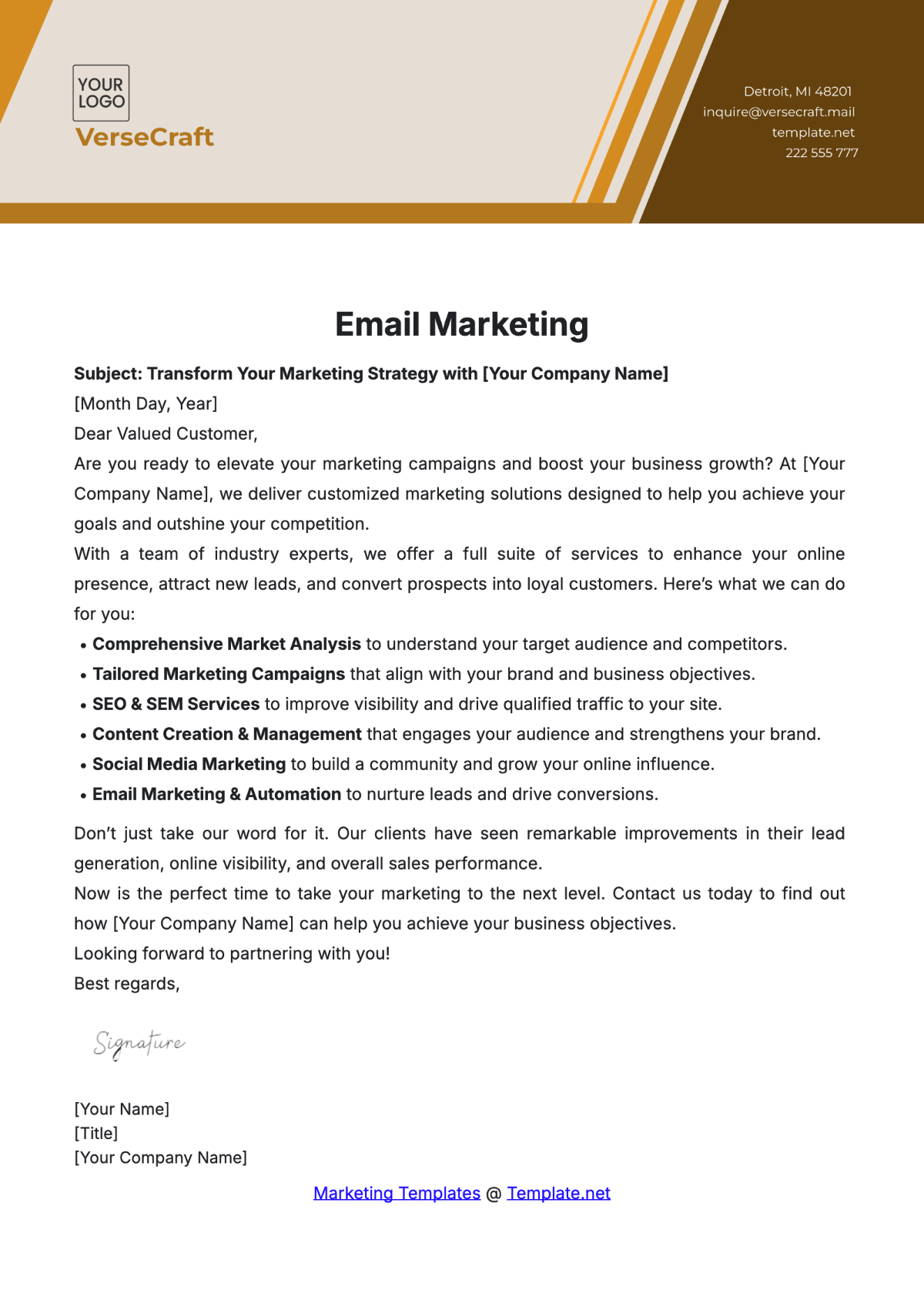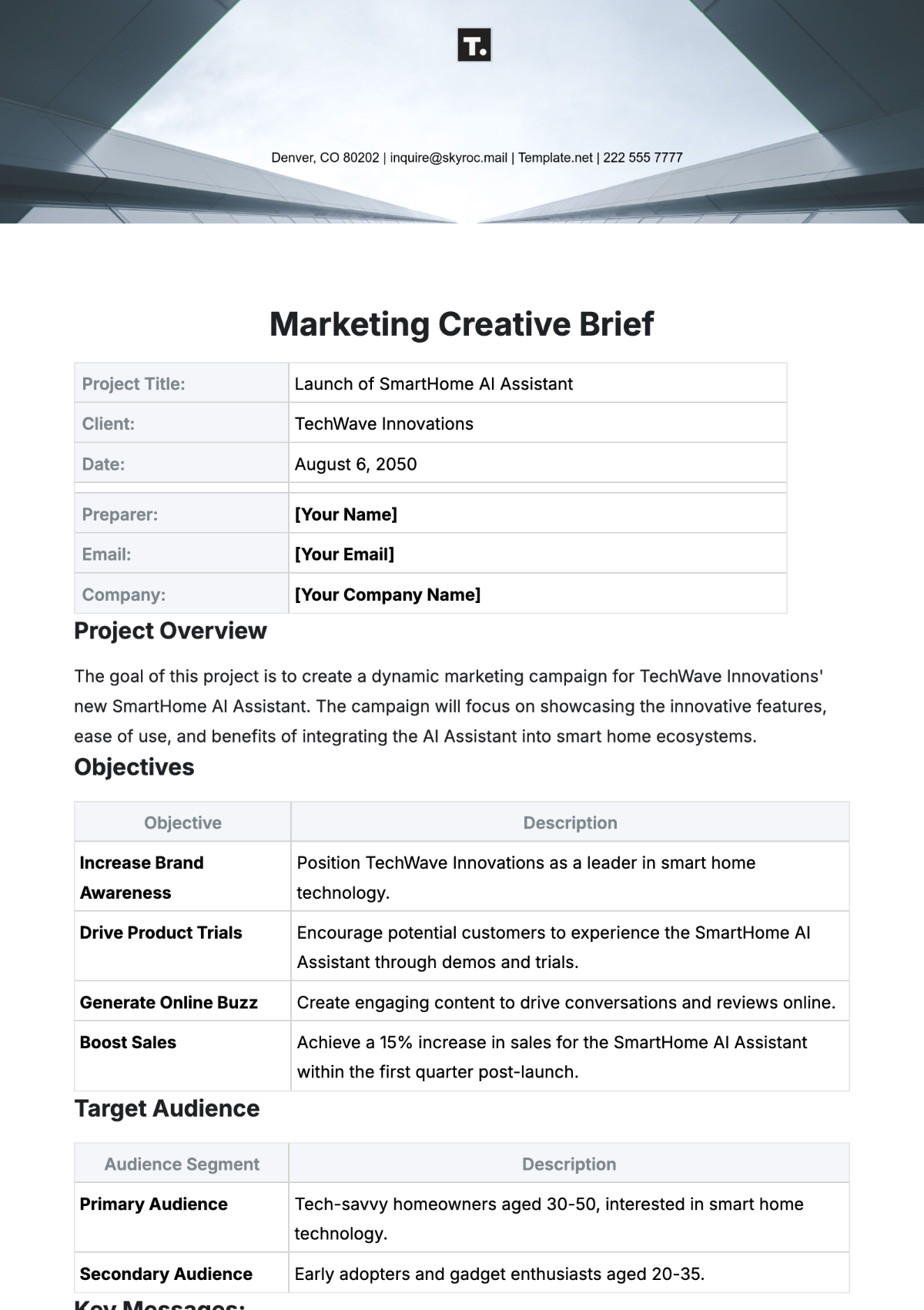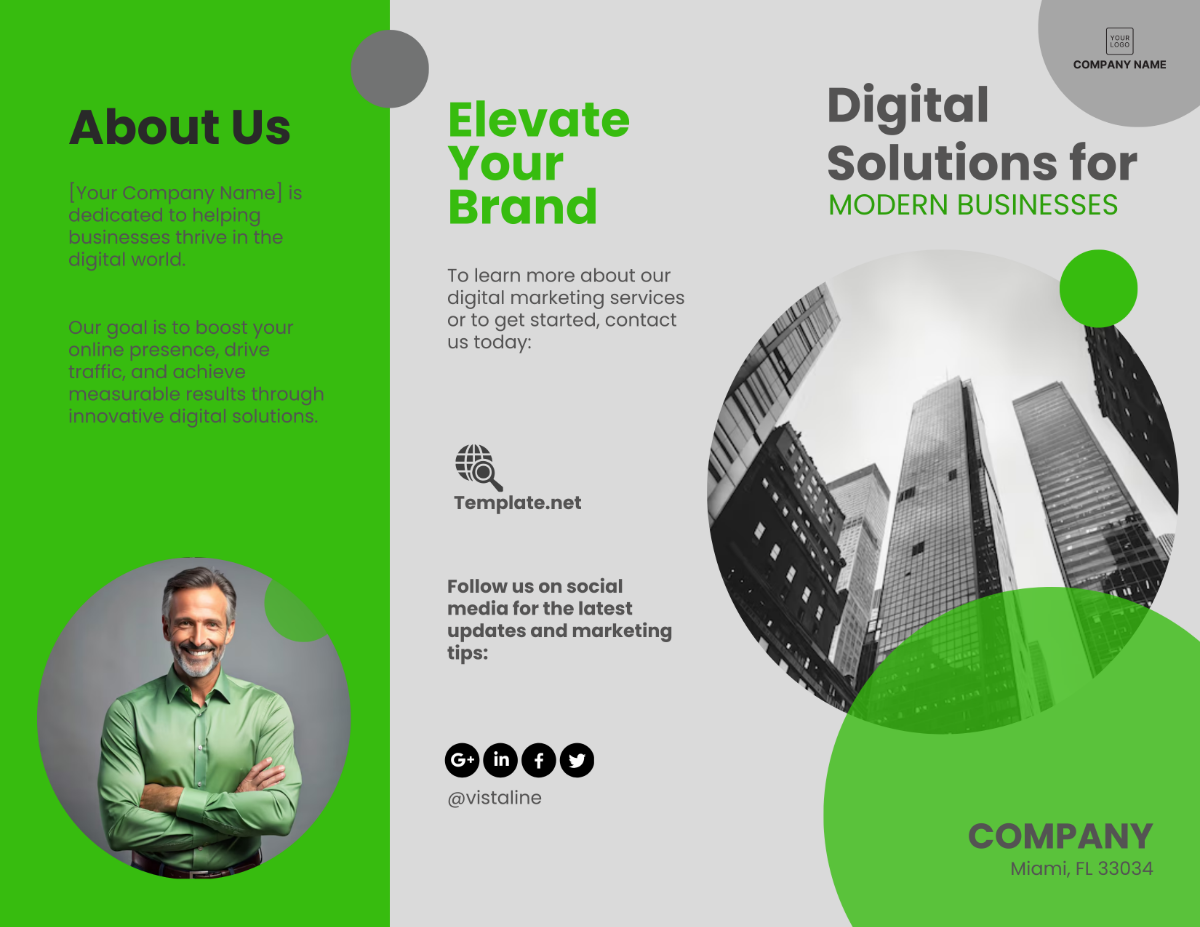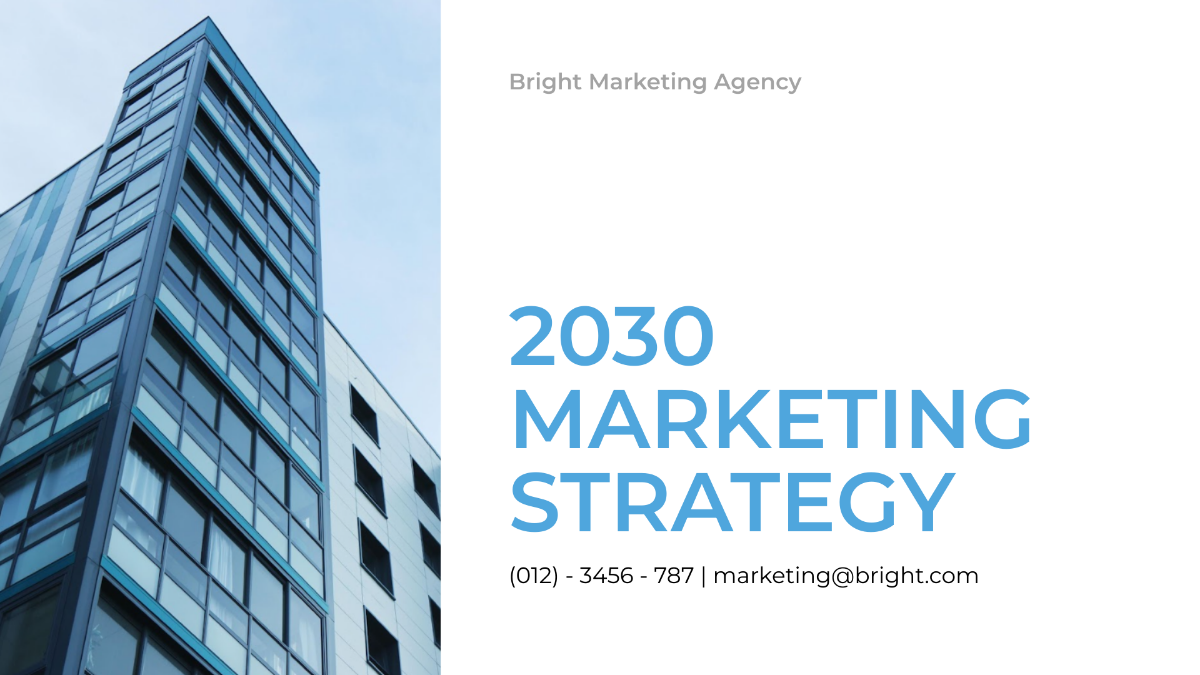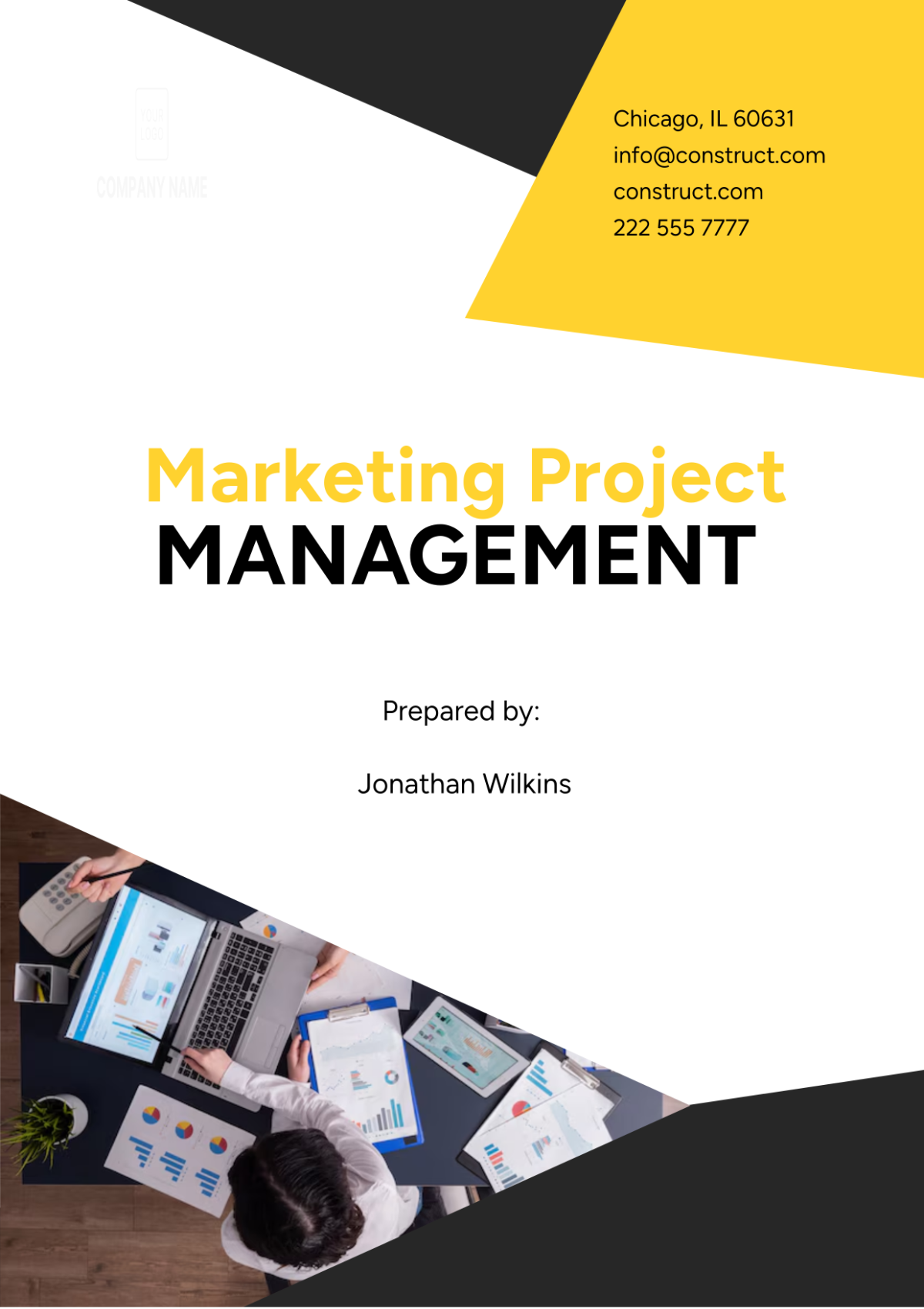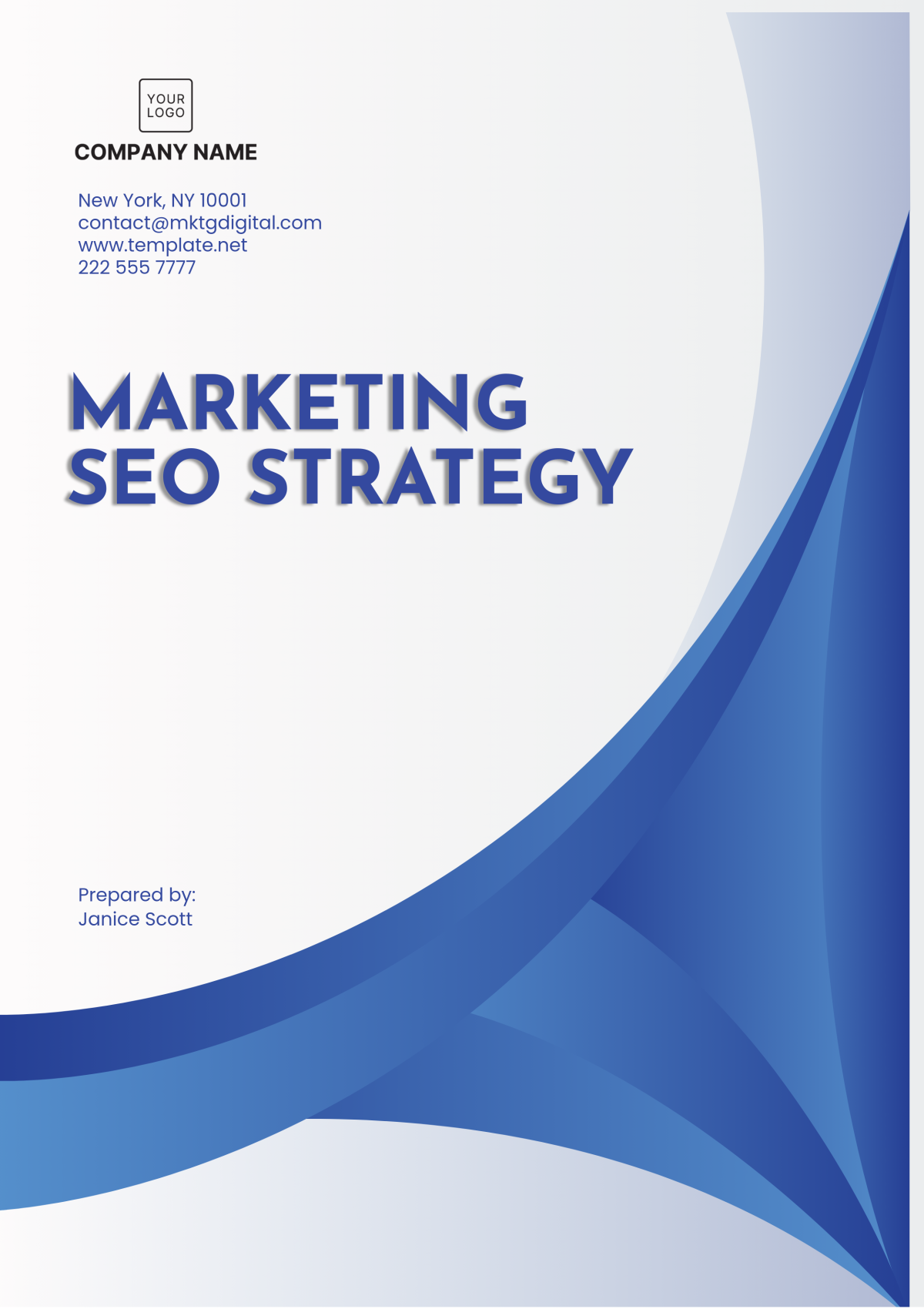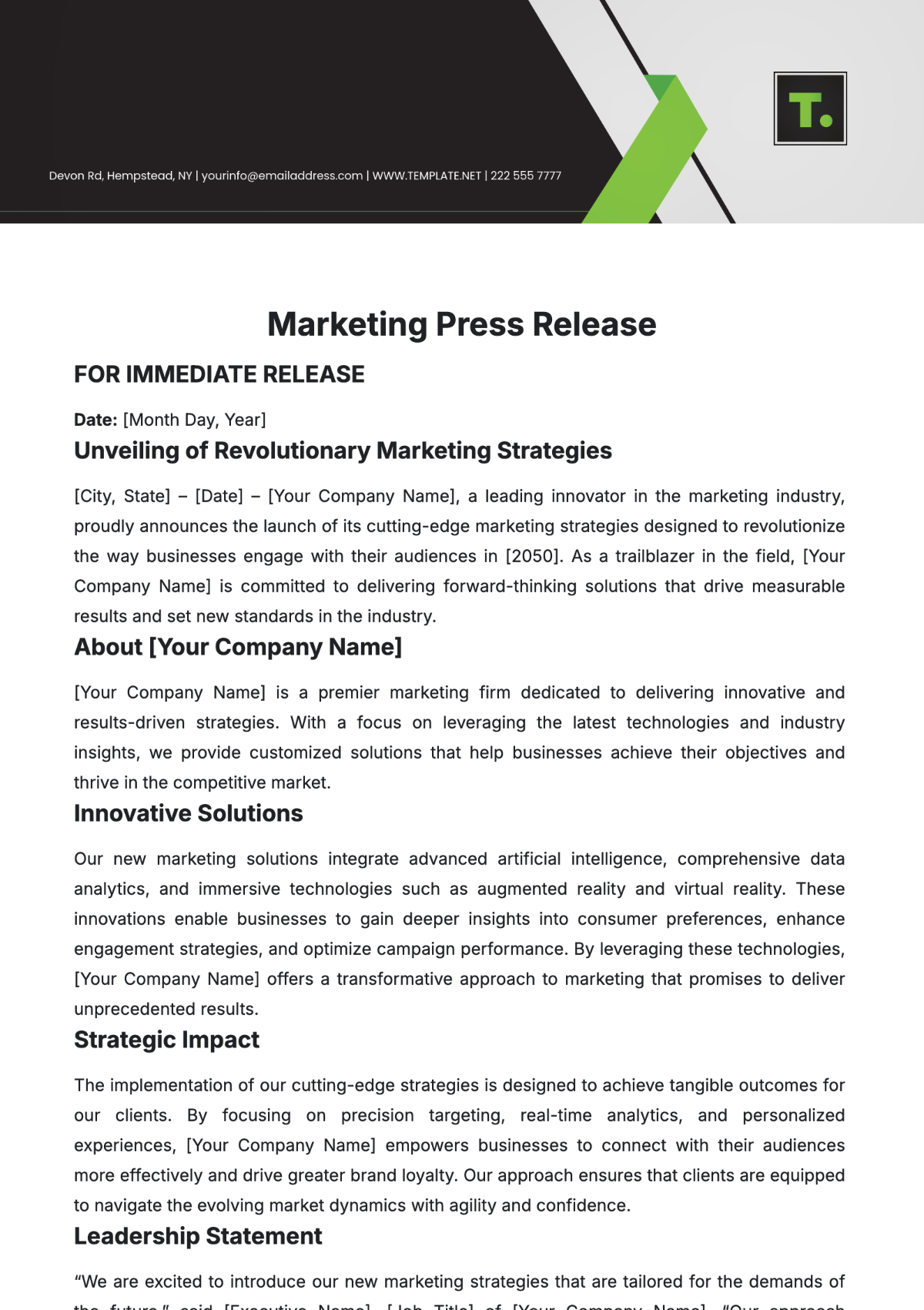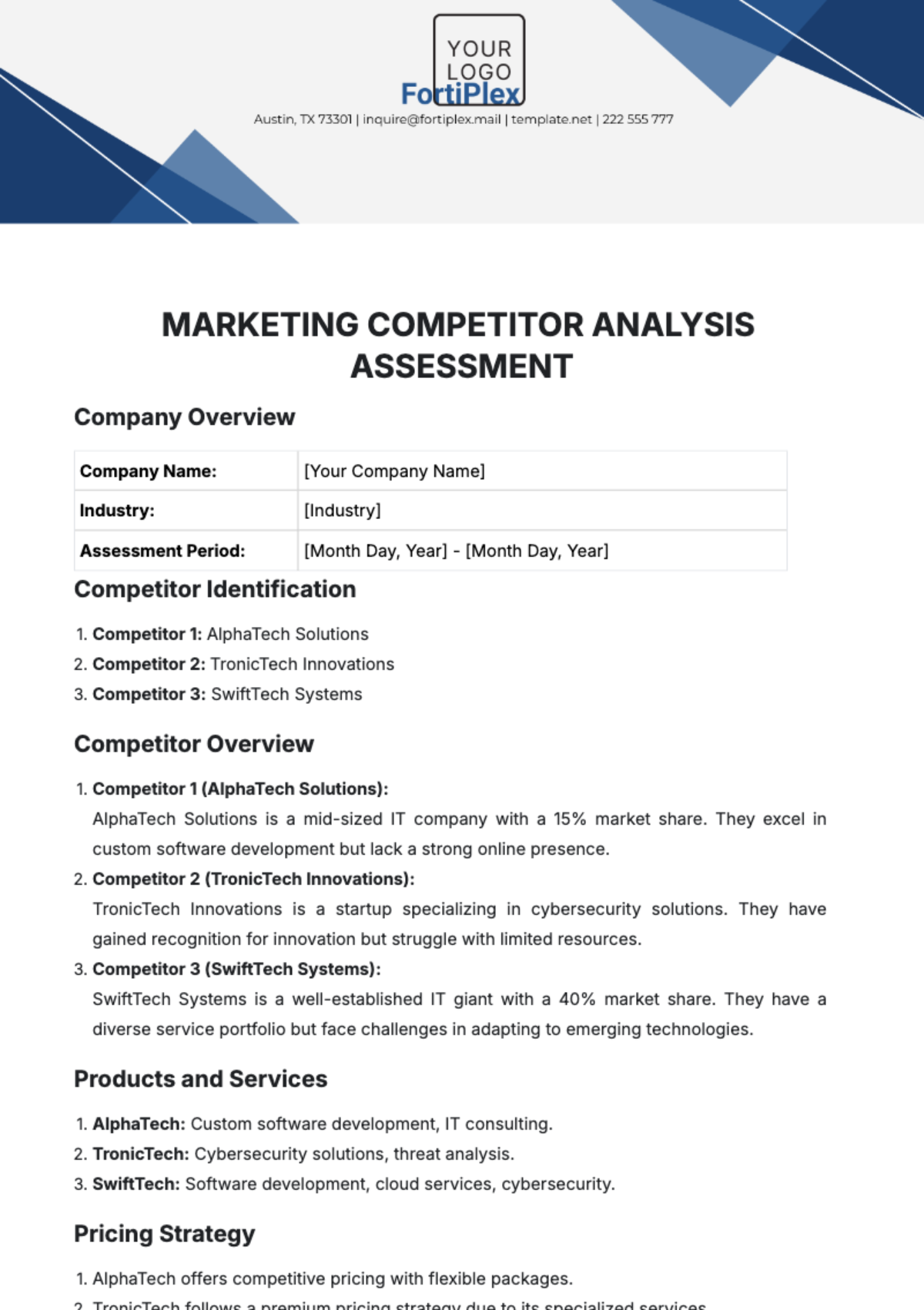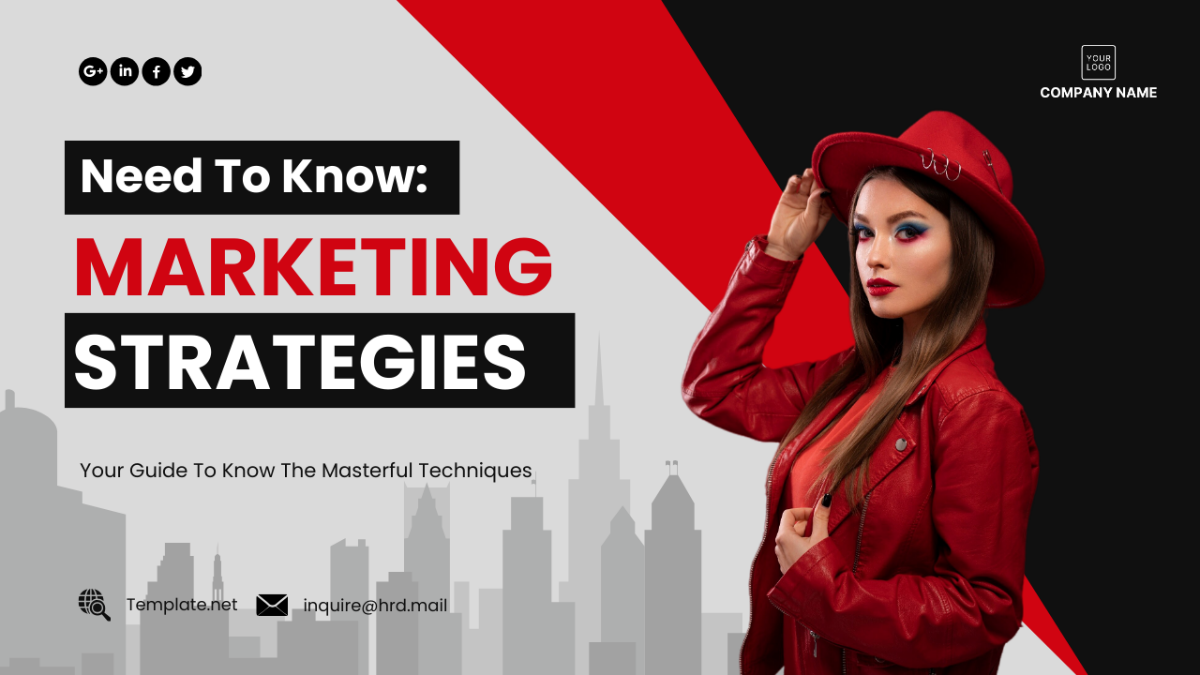Use Case Marketing
Created by: [Your Name], [Your Title]
1. Objective:
Increase brand awareness and drive sales for the new line of eco-friendly products.
2. Actors:
Marketing Team: Responsible for strategizing and executing marketing campaigns.
Sales Team: Works closely with marketing to track leads and sales conversions.
Customers: Target audience for the eco-friendly products.
Influencers/Partners: Individuals or organizations that can help promote the products.
3. Preconditions:
The eco-friendly product line has been developed and is ready for launch.
A marketing budget is allocated.
Target audience and market research are completed.
4. Main Flow:
Market Research & Audience Segmentation:
Objective: Identify target demographics, preferences, and behavior related to eco-friendly products.
Actions: Conduct surveys, analyze market trends, and review competitors.
Brand Positioning & Messaging:
Objective: Establish a unique value proposition for the eco-friendly products.
Actions: Develop key messaging that highlights the benefits of the products, such as sustainability, quality, and ethical sourcing.
Marketing Strategy Development:
Objective: Create a comprehensive marketing plan to reach the target audience.
Actions:
Develop a content calendar.
Choose marketing channels (social media, email marketing, content marketing, etc.).
Set clear objectives and KPIs (Key Performance Indicators).
Content Creation:
Objective: Generate engaging content that resonates with the target audience.
Actions:
Produce high-quality images, videos, and written content.
Highlight eco-friendly aspects and customer benefits.
Campaign Execution:
Objective: Launch marketing campaigns across chosen channels.
Actions:
Implement social media ads and posts.
Send targeted email campaigns.
Collaborate with influencers and partners.
Run promotions and giveaways.
Customer Engagement:
Objective: Foster engagement and build relationships with potential customers.
Actions:
Respond to inquiries and comments on social media.
Offer interactive content like quizzes or polls.
Provide exceptional customer service.
Performance Monitoring & Optimization:
Objective: Assess the effectiveness of marketing efforts and make improvements.
Actions:
Track campaign performance using analytics tools.
Review KPIs such as engagement rates, click-through rates, and conversion rates.
Adjust strategies based on performance data.
Post-Campaign Analysis:
Objective: Evaluate the success of the marketing campaign.
Actions:
Conduct a thorough analysis of campaign results.
Gather feedback from customers and team members.
Document lessons learned and recommendations for future campaigns.
5. Alternative Flows:
If the initial campaign doesn’t meet performance expectations:
Actions: Re-evaluate target audience and messaging, adjust marketing channels, and experiment with different content formats.
If a significant opportunity arises (e.g., viral trend or influencer collaboration):
Actions: Quickly adapt the campaign to leverage the opportunity and maximize its impact.
6. Postconditions:
Increased brand awareness and customer engagement.
Improved sales figures for the eco-friendly product line.
Insights and data collected for future marketing efforts.
7. Special Requirements:
Ensure compliance with advertising regulations, especially related to eco-friendly claims.
Maintain consistency in messaging and branding across all channels.
